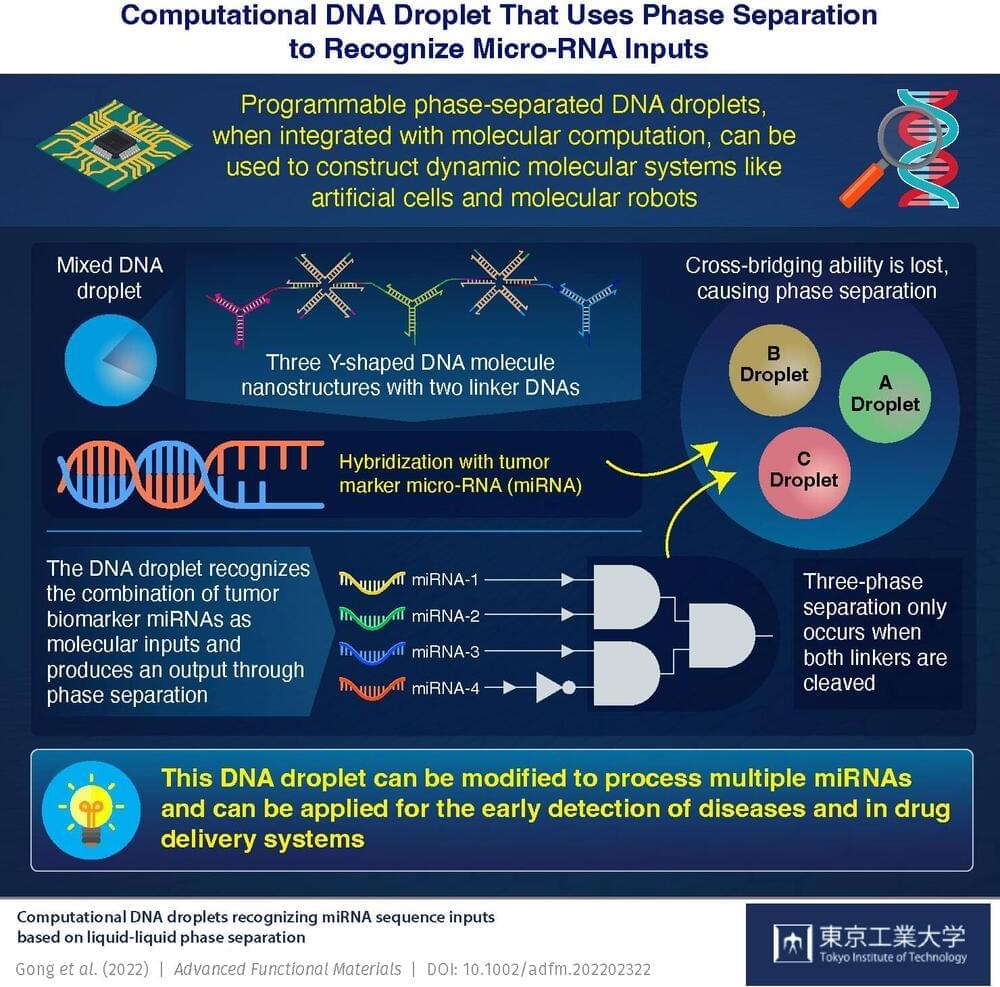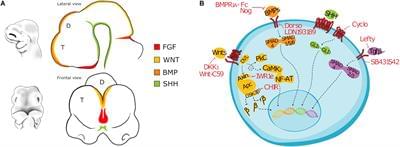Join us on Patreon!
https://www.patreon.com/MichaelLustgartenPhD
Cronometer Discount Link:
https://shareasale.com/r.cfm?b=1390137&u=3266601&m=61121&urllink=&afftrack=
Join us on Patreon!
https://www.patreon.com/MichaelLustgartenPhD
Cronometer Discount Link:
https://shareasale.com/r.cfm?b=1390137&u=3266601&m=61121&urllink=&afftrack=
Scientists successfully proved reverse aging techniques in mice by employing proteins that can turn an adult cell into a stem cell. There’s hope for you yet.

An Apple Watch owner has created a complication and watchOS app that works with a glucose monitor, so they can keep track of their blood glucose level from their wrist.
Numerous rumors have claimed Apple is actively working on some form of glucose monitoring sensor for the Apple Watch, but has so far yet to add it to the wearable device. In the case of one Apple Watch owner, they managed to hack together their own solution.
The project, outlined by Harley Turan, effectively takes the data from a continuous glucose monitoring system and imports and interprets it in a way that it can be viewed on an Apple Watch. In doing so, the project creates a reasonably low-cost solution for the problem.

Aqueous droplet formation by liquid-liquid phase separation (or coacervation) in macromolecules is a hot topic in life sciences research. Of these various macromolecules that form droplets, DNA is quite interesting because it is predictable and programmable, which are qualities useful in nanotechnology. Recently, the programmability of DNA was used to construct and regulate DNA droplets formed by coacervation of sequence designed DNAs.
A group of scientists at Tokyo University of Technology (Tokyo Tech) led by Prof. Masahiro Takinoue has developed a computational DNA droplet with the ability to recognize specific combinations of chemically synthesized microRNAs (miRNAs) that act as biomarkers of tumors. Using these miRNAs as molecular input, the droplets can give a DNA logic computing output through physical DNA droplet phase separation. Prof. Takinoue explains the need for such studies, “The applications of DNA droplets have been reported in cell-inspired microcompartments. Even though biological systems regulate their functions by combining biosensing with molecular logical computation, no literature is available on integration of DNA droplet with molecular computing.” Their findings were published in Advanced Functional Materials.
Developing this DNA droplet required a series of experiments. First, they designed three types of Y-shaped DNA nanostructures called Y-motifs A, B, and C with 3 sticky ends to make A, B, and C DNA droplets. Typically, similar droplets band together automatically while to join dissimilar droplets a special “linker” molecule is required. So, they used linker molecules to join the A droplet with the B and C droplets; these linker molecules were called AB and AC linkers, respectively.
Both Macron and Madonna have expressed concerns about genetic privacy. As DNA collection and sequencing becomes increasingly commonplace, what may seem paranoid may instead be prescient.

Transhumanism is a movement that aims to address – or end – what Bohan calls the “tragedies of reality”: ageing, sickness and involuntary death. It is, she writes, “a philosophy and a project that aims to make us more than human”.
Whether we recognise or understand it, that project has already begun, she says, and it will transform our world – and minds and bodies – within our lifetimes. Not only is it happening, she says, but this transition is necessary if humanity is to survive in perpetuity.
For Bohan, it is no great to leap to imagine that a baby born in 2030 may have its entire genome mapped at birth, that data uploaded to a central health record and cross-referenced at any medical appointment throughout its life. It is no great stretch to think that AI will become the most powerful intellectual force of the century. That human consciousness might be transferred from our “meat sacks” (bodies) into a technological sphere. That the rise of AI and automation might render great swathes of human labour redundant, and that maybe – if we get it right – that could leave more time for leisure, big thinking, meditation, connection.

Circa 2019 immortality in the human brain 🧠
Brain injuries causing chronic sensory or motor deficit, such as stroke, are among the leading causes of disability worldwide, according to the World Health Organization; furthermore, they carry heavy social and economic burdens due to decreased quality of life and need of assistance. Given the limited effectiveness of rehabilitation, novel therapeutic strategies are required to enhance functional recovery. Since cell-based approaches have emerged as an intriguing and promising strategy to promote brain repair, many efforts have been made to study the functional integration of neurons derived from pluripotent stem cells (PSCs), or fetal neurons, after grafting into the damaged host tissue. PSCs hold great promises for their clinical applications, such as cellular replacement of damaged neural tissues with autologous neurons. They also offer the possibility to create in vitro models to assess the efficacy of drugs and therapies. Notwithstanding these potential applications, PSC-derived transplanted neurons have to match the precise sub-type, positional and functional identity of the lesioned neural tissue. Thus, the requirement of highly specific and efficient differentiation protocols of PSCs in neurons with appropriate neural identity constitutes the main challenge limiting the clinical use of stem cells in the near future. In this Review, we discuss the recent advances in the derivation of telencephalic (cortical and hippocampal) neurons from PSCs, assessing specificity and efficiency of the differentiation protocols, with particular emphasis on the genetic and molecular characterization of PSC-derived neurons. Second, we address the remaining challenges for cellular replacement therapies in cortical brain injuries, focusing on electrophysiological properties, functional integration and therapeutic effects of the transplanted neurons.
Brain injuries represent a large variety of disabling pathologies. They may originate from different causes and affect distinct brain locations, leading to an enormous multiplicity of various symptoms ranging from cognitive deficits to sensorimotor disabilities. They can also result in secondary disturbances, such as epileptic foci, which occur within the lesioned and perilesional tissues (Herman, 2002). Indeed, frequently a secondary functional damage can take place in a region distant from the first insult (e.g., the hippocampus after traumatic brain injury), providing an explanation for cognitive and memory deficits arising after a brain lesion (Girgis et al., 2016). Brain injuries can have traumatic or non-traumatic etiologies, including focal brain lesions, anoxia, tumors, aneurysms, vascular malformations, encephalitis, meningitis and stroke (Teasell et al., 2007). In particular, stroke covers a vast majority of acquired brain lesions.

Mimicking the human body, specifically the actuators that control muscle movement, is of immense interest around the globe. In recent years, it has led to many innovations to improve robotics, prosthetic limbs and more, but creating these actuators typically involves complex processes, with expensive and hard-to-find materials.
Researchers at The University of Texas at Austin and Penn State University have created a new type of fiber that can perform like a muscle actuator, in many ways better than other options that exist today. And, most importantly, these muscle-like fibers are simple to make and recycle.
In a new paper published in Nature Nanotechnology (“Nanostructured block copolymer muscles”), the researchers showed that these fibers, which they initially discovered while working on another project, are more efficient, flexible and able to handle increased strain compared to what’s out there today. These fibers could be used in a variety of ways, including medicine and robotics.

A team of researchers affiliated with several institutions in France and one in the United Arabian Emirates, has found via testing that dogs may be as effective at mass screening people for COVID-19 as publicly available tests. In their paper published on the open-access site PLOS ONE, the group describes how they tested multiple dogs sniffling human sweat samples for COVID-19 and how well they did.
Prior research has suggested that dogs can smell it when someone near them has a disease, such as cancer. Some research has also suggested that dogs might be able to do the same with COVID-19. To find out if that is indeed the case, the researchers tested the sniffing ability of multiple dogs faced with multiple sweat samples.
To test their ability to recognize COVID-19, multiple dogs were trained to sniff samples of human sweat and to sit down if they detected the virus. Training was done in ways similar to that done with dogs trained to sniff out explosives. Once they were tested, the dogs were taken to the Alfort School of Veterinary Medicine where cones had been set up with sweat samples in them.
